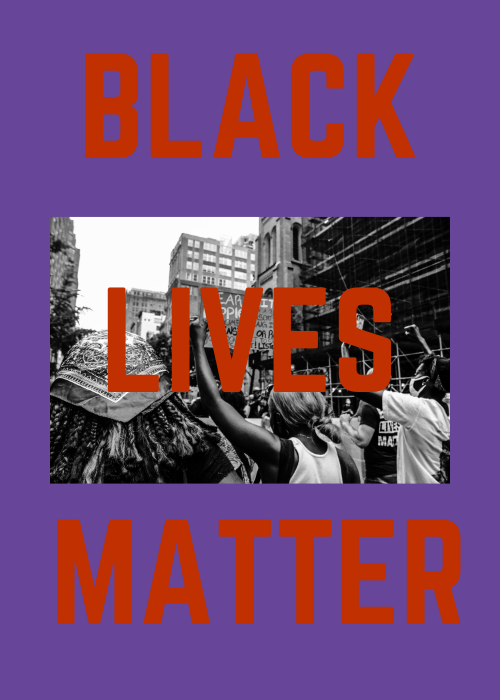Through teaching the history of the Black Lives Matter movement, Black Lives Matter Week of Action educates students on discrimination and honors the life of Trayvon Martin, a 17-year-old Black teenager who was fatally shot in Sanford, Florida.
Black Lives Matter Week of Action focuses on elevating Black voices, showcasing a variety of clubs, organizations and activities.
The student organizers, often past or present students in Critical Race Theory, work hard to make each year engaging and informative.
Junior Riley DeBose is one of the student organizers and says that Week of Action is extremely important for Lincoln.
“[Because] Lincoln is a predominantly white school, there [are] often people [who] are blind [to] the racial discrimination and experiences for people of color on a day-to-day basis. Having [students] be educated by putting themselves in people of colors’ shoes is important,” DeBose said.
Junior Kendra McPherson is a leader of the mental health awareness club and led a discussion-based session at Week of Action.
“We were doing a discussion about mental health specifically in BIPOC communities,” said McPherson. “We had some videos and some activities to go along with that, but it was mainly a discussion-based session.”
Emma Horspool is a leader of WISE (Women in Sports Empowered) and in her session, she aimed to highlight Black women in sports.
“We really wanted to focus on different African-American women in sports because a lot of the people can name the white males in the sports in the Olympics, but not a lot of people can name the African-American [names],” said Horspool.
Senior Dorothy Cui attended the ASL session and found it engaging and informative, as the session taught attendees how to sign “Black Lives Matter”.
“Before listening to Mr. Malbin’s [former Lincoln ASL teacher] presentation, I had no idea that there was a vibrant Black deaf culture that’s unique and distinct from the American deaf culture in general,” said Cui.
Even though those who attended the sessions found them informative and important, both the leaders and attendees noticed a lack of attendance similar to past Week of Actions.
McPherson said that she noticed a lack of attendance in her session.
“We probably had nine people in our first session and four or five in our second session. So, not a lot at all,” said McPherson.
Horspool said that while her session had a decent turnout, she was overall disappointed with the amount of students who skipped.
“I think for them not to even try and see what it’s about and go to a session is disappointing and a little bit frustrating,” Horspool said. “Every year [we] focus on how we can get more people engaged, but sometimes it’s out of our control.”



